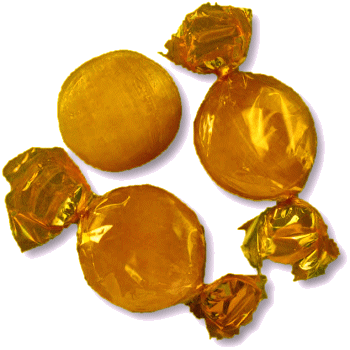




WELCOME TO An Entertainment Site for Scottish Country Dancers - Enjoy the curated selection of theme-related dances for celebrations and holidays, or find a dance associated with a special calendar day, or EVEN your own birthday!
A Caravan of Camels in the Desert
Camel Day
Jun 22
Other Scottish Country Dances for this Day
Today's Musings, History & Folklore
"The camel has a single hump;
The dromedary, two;
Or else the other way around.
I'm never sure. Are you? "
~ The Camel, Ogden Nash (1902-1971)
Celebrate the "ships of the desert" with this 48 bar for 3 pairs of camels in a longwise camel train. These hardworking animals are incredibly strong and can carry up to 1000 pounds, walk 100 miles per day and sprint at 12 miles per hour! Camel milk, the Bedouin beverage of choice, is also becoming popular! More nutritious than cow's milk, it is now being incorporated as an ingredient by candy makers and desert dancers who need a cool treat can now get camel milk ice cream from specialty creameries! The perfect after dance desert dessert! 🐫 🐪 🐫🍦
The Camel
The Arabian camel or dromedary is the ultimate desert transport and has been a fixture in the desert since ancient times. The animal was first domesticated in Arabia and then taken to North Africa, India, Pakistan and Australia. Most camels today are domesticated. The only wild camels left are the Bactrian camels of the Gobi Desert.
By 1200 BC, the first camel saddles had been developed, and Bactrian camels could be ridden, first for transport and later for military use. Camel cavalries have been used in wars throughout Africa, the Middle East, and into modern-day Border Security Force of India (though as of 2012, they are being replaced with ATVs).
Camels are superbly designed for desert conditions. They can go up to eight days without a drink of water and are able to conserve moisture as they have the ability to raise their body temperatures by 6 °C before they start to sweat.
Camels also store food and can survive on the fat stored in their humps. Long eyelashes provide shade from the sun and keep sand out of the eyes as do closeable nostrils. Not even a sandstorm will stop a camel.
For an amusing video of a woman racing her pet camel that went viral, click the picture of a camel mother and baby.
Click the dance cribs or description below to link to a printable version of the dance!




